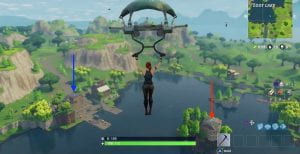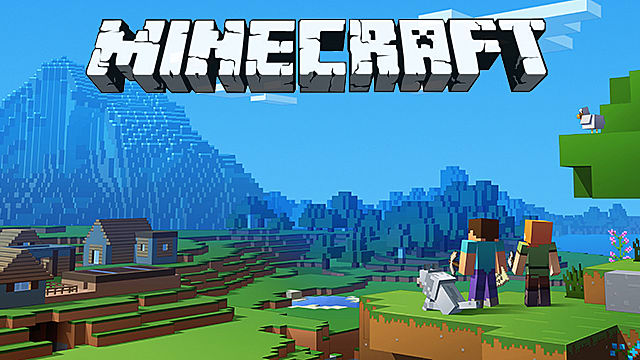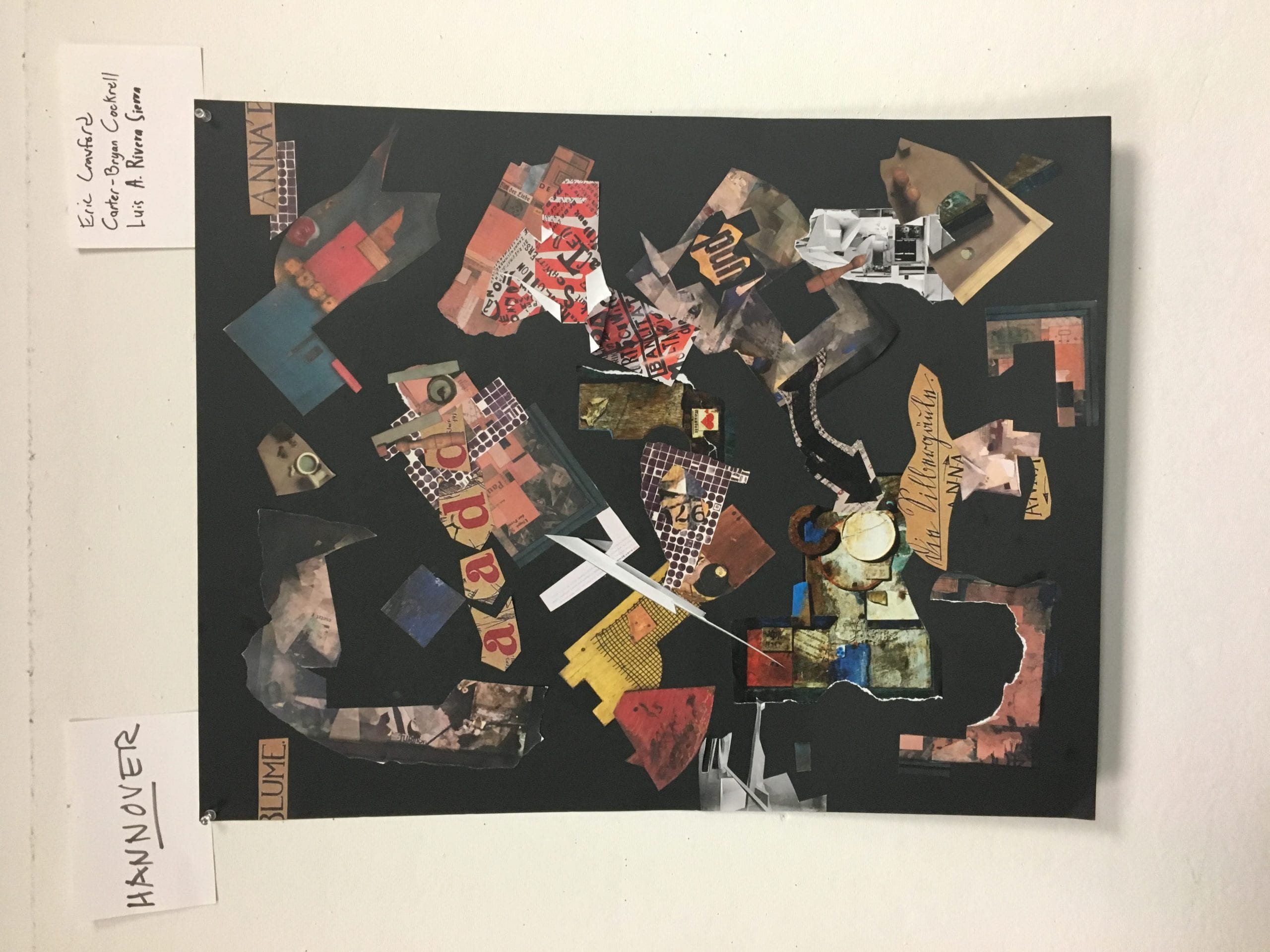The Bush Troll
Overview:
Throughout this course, I’ve consistently started with concepts far too difficult to realize without the ability to code or create digital games or art forms. For this final project, I sought the simplest realization of the idea in terms of experience. I started with an IRL survival game, inspired by games like Fortnite Battle Royale, PUBG and Town of Salem, but also non-video games like Avalon (board game) and variations of Mafia (as played in grade schools) and Assassin (as played in boarding school and college).
Focused on simplicity, I declined any necessary artifacts for this game beyond the set of rules. My initial concept seemed fun, but as soon as I started trying to play different variations, it grew increasingly more awkward and felt more pervasive as I kept trying to deliver candy unnoticed, which took away too much from the conceptual experience in mind. Therefore, I destroyed the intervention involved in the original idea, and replaced it with a conceptual game based on the utility offered by elementary school versions of Mafia.
I tried to recall as many instances of the game as possible, each offering relief from the academic and social pressures, the experience enhanced by our knowledge of each other and our personalities. This game follows a similar schema, in which the player experience would be enhanced by playing with friends, and the game itself can be played anywhere. I couldn’t recall if we used the different roles across elementary school variations, like a doctor/medic or more mystical roles like a vampire or witch, but, as Fortnite Battle Royale was the original inspiration, I based all roles and the conceptual atmosphere entirely on their map and player base.
This particular conceptualization was inspired by Fortnite’s unfortunately high graphical demand that hinders many players from playing on PC. I never had a lot of gamer friends, so as I pitched the game to friend group after friend group, I started to realize how limited the player base could be simply based on graphic intensity. In Fortnite’s case, they actually offer cross-platform gaming, but I’ve transcribed this practice in the form of a conceptual game that requires no artifacts, only knowledge of the rules.
Rules:
* = team
- 6 Players
- 1 Narrator (Moderator/Game Master)
- 7 total
- 1 Sniper
- Attacks every day
- 1 Bush
- Sees everything that happens at night
- The all-knowing troll
- 1 Medic*
- Protects one player every day
- Can protect yourself
- 1 Protector*
- Armored unit that must suffer two shots to be killed
- Medic only affects the lethal shot (second shot)
- 2 Fraggers*
- The average competitor
The game begins with players sitting in a roughly circular orientation, eyes closed, and one fist held out. The narrator must select a player to represent the Sniper, the Bush, and the Medic, with the remaining players as Fraggers, aka regular players. The narrator will place her hand on the shoulder of each selected player; then, the medic will raise their thumb (thumbs up sign), the sniper will point a thumb down (thumbs down sign), the protector will open the fist, and the bush opens her eyes to see all roles
The Scene:
Welcome to The Bush Troll! You six are the only remaining players in the Battle Royale. One meticulous team has managed to survive without any casualties and constructed a small base, hindered only by their average gear and position on low ground. Hidden in the mountains rests a lonely sniper, hoping to pick off remaining survivors, but can only afford to shoot once per day to avoid being caught. Finally, there remains another survivor, hidden in one of infinitely possible bushes across the map. Armed with mediocre equipment, and stranded alone on the island, the Bush has no hopes for victory, but sees everything that happens around the map, and uses this knowledge to deter players from reaching their goals as much as possible.
Narrator Script Schema/Example:
- Everybody close your eyes and stick out a fist. If I touch your shoulder, you are the Sniper; please point your thumb down as if doing a thumbs down sign. If I touch your shoulder, you are the medic; please point your thumb up. If I touch your shoulder, you are the Protector; please open your fist. If I touch your shoulder, you are the Bush Troll; please open your eyes and see the map. As the first not of the Top 6 has begun, medic please point at the player you wish to protect. Sniper please select your target. Bush, close your eyes. Everyone lower your fists, the night is over.
- Last night… player was killed/player was shot but recovered thanks to immediate treatment from the medic/He shot a bush!
- The game is played on a day/night cycle. At night, the medic protects a player, the sniper shoots a player, and the bush watches it all unfold, hoping to delay the game as much as possible. During the day, the democratic group of survivors vote on who to shoot down, and must have a majority vote among players (>50%)
- The Sniper wins by eliminating all players
- The Fraggers/Medic/Protector win by eliminating the Sniper, and win as a team (dead players still earn a victory if their teammates later succeed)
- The Bush does not win, but can create a stalemate if the last one alive with a non-Sniper
- Day cycle begins: Voting for the firing squad
- Voting players to death revolves around information, and information is tied directly to the medic and protector; the first version of this game lacked both of these special roles, added due to a serious lack of direction during the day (voting period). By adding the medic and protector, players can find guaranteed good guys, and offer a lot more information geared towards identification of the sniper
- Night cycle begins again: Everyone please close your eyes; bush open your eyes and see the map, medic please point at the player you wish to protect; sniper please point at your target; please lower your fingers, bush close your eyes; everyone, the night is over.
- Repeat
Author’s Note:
Much of the difficulty in creating this game revolved around creating unique roles that can search for information while sticking to the same themes and concepts that surround survival games. To that end, I appropriated many of the game mechanics involved in the games Mafia, Avalon (board game), and Town of Salem. Specifically, in Avalon players hold out a fist with either thumb up or no thumb up to indicate to the all-knowing player to which team each member belongs. From Mafia, I specifically wanted the sense of relief it brought during grade school, and focused on the social aspects of the game; how personal interactions and relationships enhanced the experience, especially with regard to playstyles, friend groups, and the idea of tells. Town of Salem is probably my favourite variation of the game, consisting of myriad roles and game modes; I played a lot of ToS to understand the dynamic between special roles and information.
Moreover, I wanted this game to conceptually and thematically reference Fortnite’s Battle Royale. Throughout the creation of this game, I held snapshot images in my head of every relatable interaction I had in the game. I conclude this final iteration with a selection of images that represent many of the thematic concepts I attempted to transcribe into The Bush Troll.
The Bush:
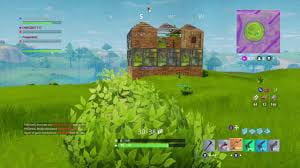
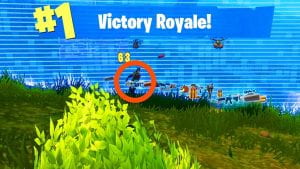
The Protector (The one with jelly/shields):
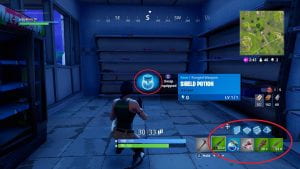
Cover the Medic!

I CAN’T FIND THE SNIPER

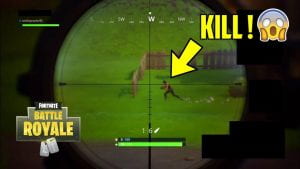

Notes on the Process:
The core gaming concept in The Bush Troll is the idea of taking what you get. In competitive games especially, there are often mistakes one simply shouldn’t make, but that does not necessarily mean they don’t occur. I recently made one of those mistakes in a League of Legends scrim, and my teammate said “… in competition we take what we get.” In terms of competitive gaming, this is probably the best advice I’ve ever received; I’m a very emotional player, and it’s especially important (and difficult) for me to keep my composure. Therefore, I landed on the Mafia/Town of Salem style, which epitomizes the concept of taking what you get. Despite all the conversation, all arguments, all the lies and all the facts, ultimately only a few can impact the current situation (who dies and who lives).
Much like Fortnite’s Battle Royale, players tend to simply take what they can get. It is a misconception that everyone is playing to win; more often than not, players drop onto the island without any more direction than to scavenge equipment and/or kill the nearby players. Some of the most popular streamers have developed their appeal around their combat skill, dropping into games with the sole purpose of eliminating as many players as possible. In contrast, one of the most gifted players, I’m the Myth, boasting a dangerously positive win rate, has no more than a few hundred views on YouTube compared to the 20-100 thousand watching the other’s content. In short, players are more interested in watching gifted players kill insurmountable numbers of other players rather than watch the player with a near perfect strategy.
Finally, I want to address the in-between concepts I scrapped while attempting to realize my alternate survival concept. The most prominent was a White Chess inspired variation based on Bobby Fischer’s Chess960 – an alternate game mode that he argued took more skill as opposed to the rote memorization characteristic of standard chess. Drawing on the idea I pitched for Handicapped Chess, in which I wanted a digital version of chess in which only one player knew whose pieces belonged to whom, and various penalties for the other player when she attempted to move the wrong piece. The only non-digital version I could imagine used an all-white chess board with markings on the back of one set of pieces, but the angle of the board and player positions proved too difficult to orient (limited playability).
The survival version had all players start as pawns, capturing scattered bishops, rooks, and knights, each representative of weapons, and in turn using them against your opponents. Ultimately, I failed to find a balanced set up of the board that both mimicked the map in Fortnite Battle Royale and presented a balanced set of move options – I lacked the chess knowledge necessary to devise this sort of game out of standard pieces, although I plan to return to the idea of using chess pieces and tactics to teach game theory and mechanics.
Last, the second variation of the IRL survival game I called Viral Survival (previous post) died because it failed to generate the sensation and emotion that drives the survival games on which this project was based. Version 2 specifically addressed the candy mechanic and win conditions, but playtesting grew increasingly difficult and felt more pervasive as time went on. In short, a Battle Royale is not meant to engender general discomfort, but rather specific sensations related to control (like agency in life) combined with an element of chance comprised of a combination of player interaction and RNG (in The Bush Troll, RNG is represented by the randomness in decision-making behind the Sniper).


